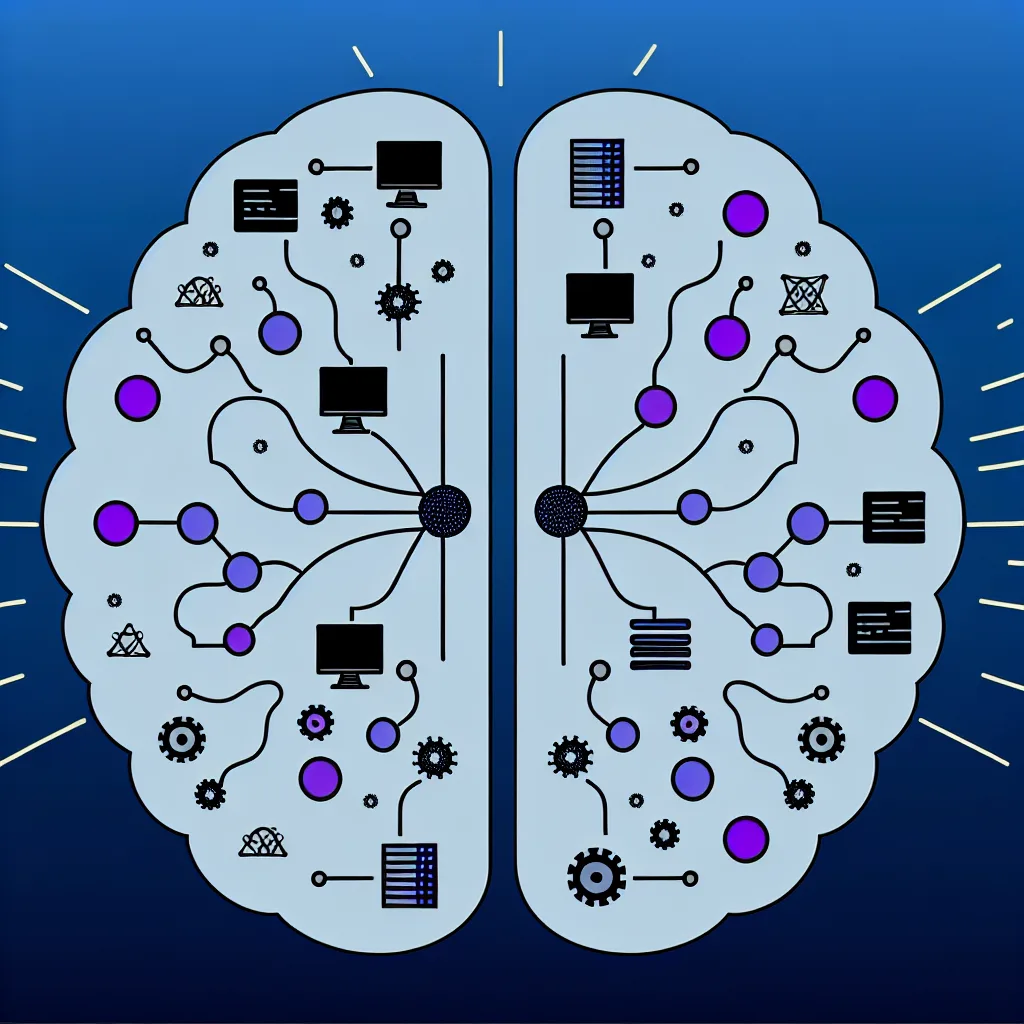Your backend and DevOps experience is the perfect launchpad for a career in AI. Here’s how to make the jump.
So, you’re a backend or DevOps pro, and you’ve got this nagging feeling you’re standing just outside the coolest party in tech: the AI/ML boom. You see all the headlines, you’ve probably even tinkered with some models in school or on side projects, and you’re wondering, “How do I get in on this?” You’ve got the skills to build and deploy robust systems, but you want to work on something you’re truly passionate about. If this sounds familiar, I’ve got great news. Your experience isn’t just relevant; it’s the exact foundation needed for one of the most exciting and in-demand MLOps careers today.
You don’t have to ditch your hard-earned backend and infrastructure skills to switch to AI. In fact, the industry desperately needs people just like you to bridge the gap between brilliant data science models and real-world, scalable applications.
Your Backend Skills are an AI Superpower: Exploring MLOps Careers
Let’s get straight to it. The world of AI is littered with incredible machine learning models that never see the light of day. They work great on a data scientist’s laptop, but getting them to serve millions of users without crashing is a completely different beast. This is where you come in.
This discipline is called MLOps, or Machine Learning Operations. Think of it as DevOps, but for machine learning. It’s all the stuff that happens after the model is trained:
* Packaging: Putting the model into a container (like Docker).
* Deploying: Getting it onto a server or cloud service.
* Scaling: Making sure it can handle real-world traffic.
* Monitoring: Watching its performance, accuracy, and resource usage.
* Automating: Building pipelines so all of this happens smoothly and reliably.
Sound familiar? It’s the same stuff you’ve been doing for years, just with a new type of artifact. Instead of deploying a web application, you’re deploying an intelligent model. The principles of automation, reliability, and scalability are exactly the same. Your background gives you a massive head start.
What Does a Day in MLOps Look Like?
Forget the stereotype of a data scientist staring at charts all day. An MLOps engineer is a builder and a problem-solver. Your job is to create the assembly line that takes a machine learning model from a messy prototype to a polished product.
You’ll be working with tools like:
* Cloud Platforms: AWS, Google Cloud, and Azure are the big three. Learning their specific AI/ML services is a huge plus. For example, getting familiar with AWS SageMaker can open a lot of doors, as it’s designed to manage the entire ML lifecycle.
* Containers & Orchestration: Docker and Kubernetes are the bread and butter of MLOps. You need to know how to containerize a model and manage it at scale.
* CI/CD Tools: Jenkins, GitLab CI, or GitHub Actions are used to build automated pipelines for testing and deploying models.
* Infrastructure as Code (IaC): Terraform or CloudFormation helps you define and manage the cloud infrastructure your models will run on.
* ML-Specific Tools: You’ll also encounter tools like MLflow for managing model versions and experiments.
Your day is a mix of coding, infrastructure design, and collaborating with data scientists to understand their needs. It’s a deeply technical role that sits right at the intersection of software engineering and machine learning.
Your Roadmap to a Career in MLOps
Okay, so you’re sold on the idea. How do you actually make the jump? The questions you’re probably asking are the right ones.
1. Do I need more qualifications or certs?
Certs, like an AWS or GCP machine learning certification, can help get your resume past an HR filter. They show a baseline level of knowledge. But let’s be honest: hands-on experience is what will land you the job. No one will hire you just for a piece of paper. The real value of studying for a cert is the structured learning path it provides.
2. Should I build specific projects first?
Yes. A thousand times, yes. This is the single most important thing you can do. A personal project is your proof. It says, “I don’t just know the theory; I’ve actually built this stuff.”
Here’s a project idea that will tick all the boxes:
* Find a simple, pre-trained model (like one for sentiment analysis from Hugging Face).
* Build a basic API around it using Flask or FastAPI.
* Containerize the application with Docker.
* Write a simple CI/CD pipeline using GitHub Actions that automatically builds and pushes your container.
* Deploy it to a free-tier cloud service like AWS Elastic Beanstalk or Google Cloud Run.
This one project demonstrates your skills across the entire MLOps lifecycle. It’s more valuable than any certificate.
3. Is this a good career move?
While the tech market has its ups and downs, specialized roles are always more resilient. Companies are investing heavily in AI, and they are discovering that they can’t get any value from that investment without engineers who can actually deploy and manage the models. The demand for people who understand both infrastructure and machine learning is high and growing. Check out this overview from Google Cloud on MLOps to see how central it is to their entire AI strategy.
You already have 80% of the required skills. The last 20%—the specifics of handling models—is the fun part you get to learn. You’re not starting from scratch; you’re specializing. And that’s a fantastic place to be.
